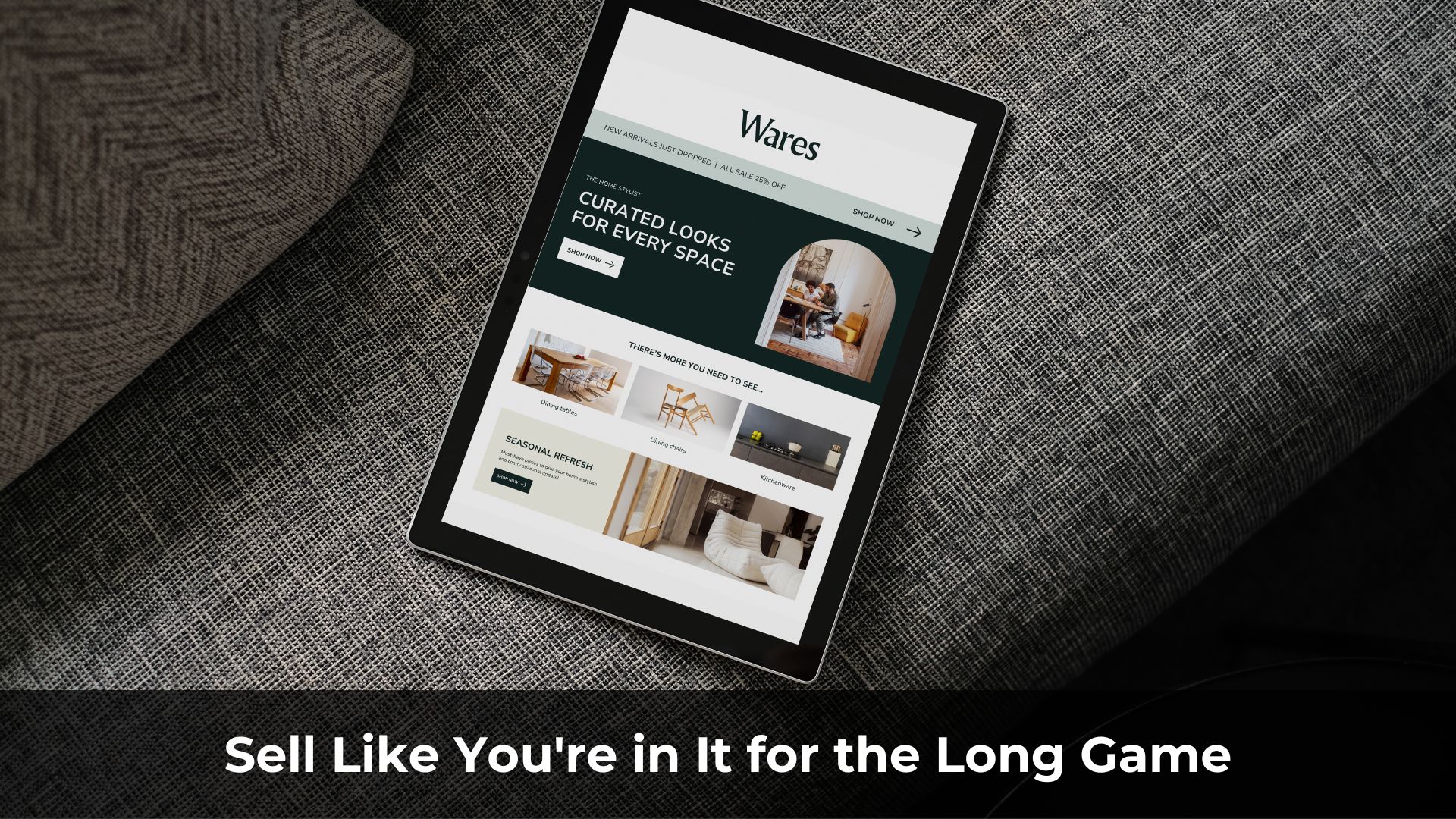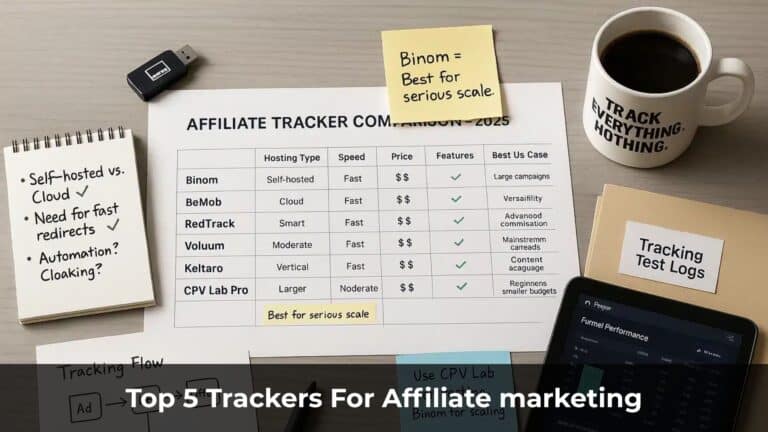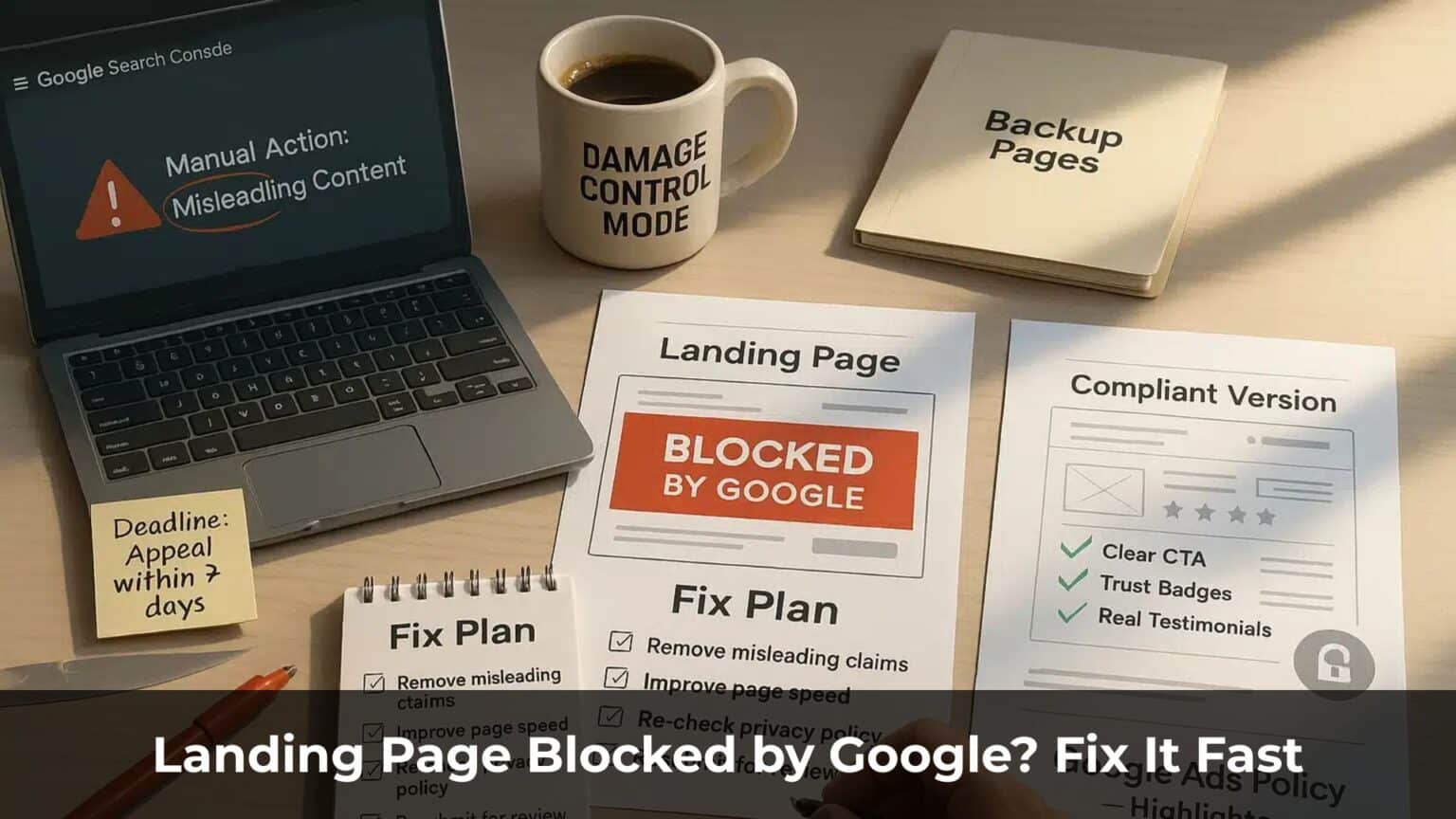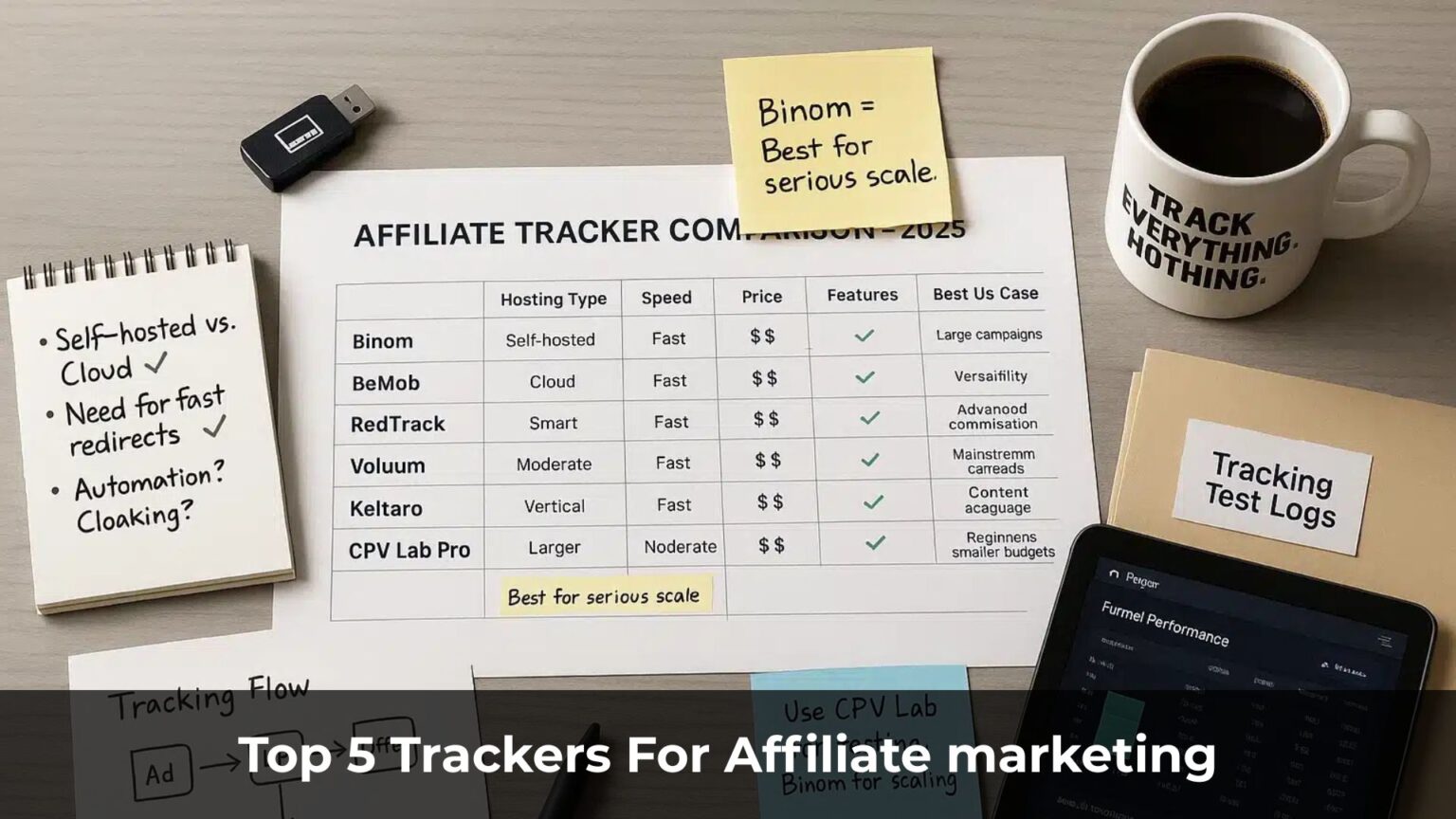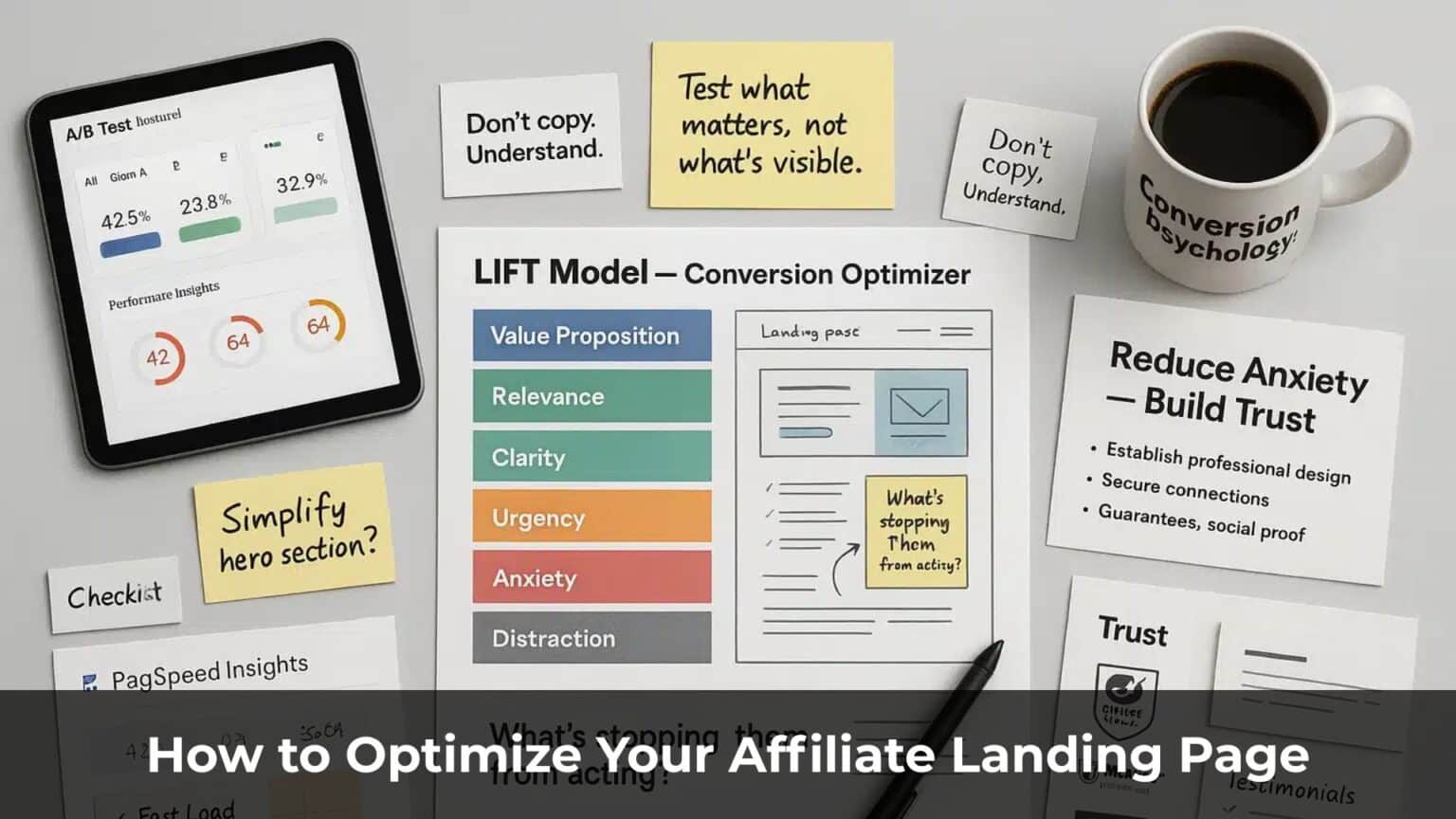Many new sellers start with pressure tactics.
They rely on countdown timers, fake urgency, and phrases like “only a few left” — hoping to push customers into making a quick decision.
But let’s be honest: those tricks don’t work anymore. Especially not in today’s serious business environment.
Customers have seen “last chance” deals every week.
They’ve become numb to urgency.
Worse, these gimmicks often make your brand look unprofessional — and push away the very people who are ready to buy seriously.
Just look at some of the world’s most successful companies — like Apple or Nvidia.
One thing stands out:
They don’t pressure people into buying.
They don’t create fake scarcity.
Why?
Because trust and process outperform hype.
Because people want to buy from brands they respect — not the ones shouting the loudest.
And if you’re selling high-ticket products or services, this becomes even more critical. The higher the price, the more reassurance your customers need.
That’s why the most profitable businesses sell through value, not tricks.
This is also the foundation for the 7-step system we’re about to explore in this article.
Table of Contents
ToggleBuild Trust Before You Try to Sell
Many people start too early.
They try to sell before the customer even knows who they are — before there’s any trust, or even a clear understanding of the problem that needs solving.
There’s a far better approach: help first.
When you offer genuine support without expecting anything in return, you build goodwill. And in business, goodwill is powerful.
Customers don’t choose the most aggressive salesperson.
They choose someone they trust. Someone they respect. Someone who makes them feel safe.
You don’t need referral fees.
You don’t need clever sales tactics.
Just help the right people, at the right time — and they’ll remember you when they’re ready to buy.
Trust can’t be forced. It’s earned, step by step, through small intentional actions.
When you become the person they turn to for honest advice, you’ll also become the first one they think of when it’s time to make a decision.
That’s not a sales technique.
That’s working with integrity — and it’s the most reliable foundation for any marketing strategy that truly works.
Get Clear on Who Your Ideal Customer Is
One of the biggest mistakes in sales is trying to sell to anyone with money.
Just because someone has a budget doesn’t mean they’re the right fit for your product or service.
Without a clear picture of your ideal customer, everything else — your message, your pricing, even how you present the solution — becomes vague and unfocused.
You’ll waste time talking to people who will never buy. Or worse — those who do buy, but end up being the wrong fit long-term.
So take a step back and ask:
- Who is the product designed to help the most?
- Where are they in their decision-making journey?
- What industry are they in?
- What platforms or channels do they use? Where are they located?
When you have clear answers, everything else in your sales process becomes easier.
You’ll speak in the language they understand.
You’ll tailor your solution to match their size, structure, and expectations.
And most importantly: you won’t have to push.
Defining your ideal customer isn’t a side step — it’s the foundation of every effective sales system.
Listen Deeply — and Understand the Root Problem
A common mistake in sales is jumping in too fast.
The moment a customer shows interest, many sellers rush to pitch their product — without truly understanding what the customer is struggling with.
If you want to sell effectively, take a step back.
Slow down.
Listen more than you speak.
Because often, what the customer says… isn’t what they actually need.
They might say, “I want to run ads,”
when the real issue is they don’t have a working sales system.
Or they haven’t clearly defined their target audience.
Or their offer just isn’t converting.
A great salesperson doesn’t just hear the words — they uncover the deeper concern behind them.
They ask better questions.
They look for patterns.
They identify the root cause of the pain — not just the symptoms.
And only then do they recommend a solution.
Not just to sell — but to solve.
When you understand your customer better than they understand themselves, you become the obvious choice.
Not because you pushed harder — but because you made them feel heard, understood, and safe.
Let Results Do the Talking
Many beginners try to sell with flashy words, bold headlines, and vague promises.
But today’s customers aren’t easily impressed by copywriting alone.
They want proof. Real, concrete proof.
And here’s the simplest way to make the sale:
Show that you’ve helped others succeed.
Instead of saying “This product is amazing” or “This service is incredibly effective,”
show them:
- Real case studies — with names, context, the problem you solved, and the outcome
- Testimonials — especially raw, honest video clips from actual users
- Hard numbers — like “34% revenue growth in 3 months” or “Cut ad costs by half”
These three things speak directly to what every customer is willing to pay for:
- Speed — solving the problem fast
- Clarity — knowing exactly what they’re getting
- Certainty — the confidence that this is the right move
Only real-world results can deliver all three.
You don’t need hype.
You don’t need to over-promise.
Just let your results speak — and trust builds itself.
When that happens, the buying decision feels natural.
Not because you convinced them… but because the truth already did.
How to Handle Objections and Follow Up the Right Way
One of the most common reasons sales fall apart is simple:
The seller gives up too soon.
Studies show that it takes around 11 touchpoints before a typical customer decides to buy.
But most salespeople quit after just 2 or 3 follow-ups.
Here’s what you need to understand:
An objection is not a rejection.
It’s simply an invitation to clarify, provide more proof, and deepen trust.
Instead of avoiding objections, treat them as opportunities:
- To explain more clearly
- To offer stronger evidence
- Or to strengthen the relationship
This is especially important when you’re selling high-ticket offers.
Customer hesitation is normal — they’re not looking for more words; they’re looking for proof that you’re trustworthy and capable of solving their problem.
What should you prepare?
- Clear, concise answers to the most common objections
- Real proof (case studies, actual results, testimonials)
- Patience to stay in touch — without pressuring, without ghosting
The key is to maintain just the right amount of contact — well-timed, and always delivering value.
Do that consistently, and you’ll move the deal forward — no pressure required.
Know When to Walk Away from a Deal
Not every customer is worth closing.
One of the most common mistakes in sales is trying to close at all costs.
That often means offering steep discounts, saying yes to unreasonable demands — and in the end, damaging your own business.
When pricing your product or service, you need to account for everything:
Time. Team. Tools. Office space. Software. Taxes.
If you cut your price too much just to win a client, you’re essentially paying out of your own pocket to serve them.
This doesn’t just kill your profit margins — it kills your motivation to deliver great results.
And more often than not, the clients who pressure you the hardest on price are the ones who are hardest to work with… and least likely to stick around long-term.
That’s why setting clear boundaries in negotiation is essential.
Know your worth. Know your numbers. And don’t be afraid to say no to deals that don’t make financial sense — or don’t align with the kind of business you want to build.
Walking away doesn’t make you weak.
It makes you focused, financially stable, and free to say yes to better opportunities.
Learn from the Deals You Don’t Close
Not every sales conversation ends in a contract — and that’s okay.
What matters is whether you learn why it didn’t close, so you can improve next time.
One of the best things you can do is ask the prospect directly:
“I understand we weren’t the final choice — but would you mind sharing the real reason you went a different direction?”
Don’t be afraid to ask for honest feedback.
You won’t always get a reply, but when you do — it’s gold.
Some businesses have uncovered critical issues this way:
- Pricing misalignment.
- A confusing pitch.
- Poor positioning compared to competitors.
These are things that are often invisible from the inside… but painfully clear to the customer.
More importantly, this isn’t a one-time fix.
Sales is a continuous improvement loop.
The best sales teams treat lost deals as data points.
They analyze what went wrong. Some even use tools like Gong to review conversations, or simply follow up with a phone call to dig deeper.
Then they refine the way they present value, handle objections, and position their solution — so the win rate improves over time.
So instead of feeling defeated when a deal falls through, turn it into fuel for growth.
Every “no” is a chance to get better.
Final Thoughts
Sales isn’t about pressure.
It’s not a contest to see who can talk faster, sound smoother, or fake urgency better.
A sustainable sales system is built on trust, clear communication, real value, and long-term relationships.
When you lead with genuine value, people can feel it — and they come back, not because you pushed, but because it made sense to them.
That’s how you sell anything, to anyone — without becoming the kind of salesperson nobody wants to deal with.
